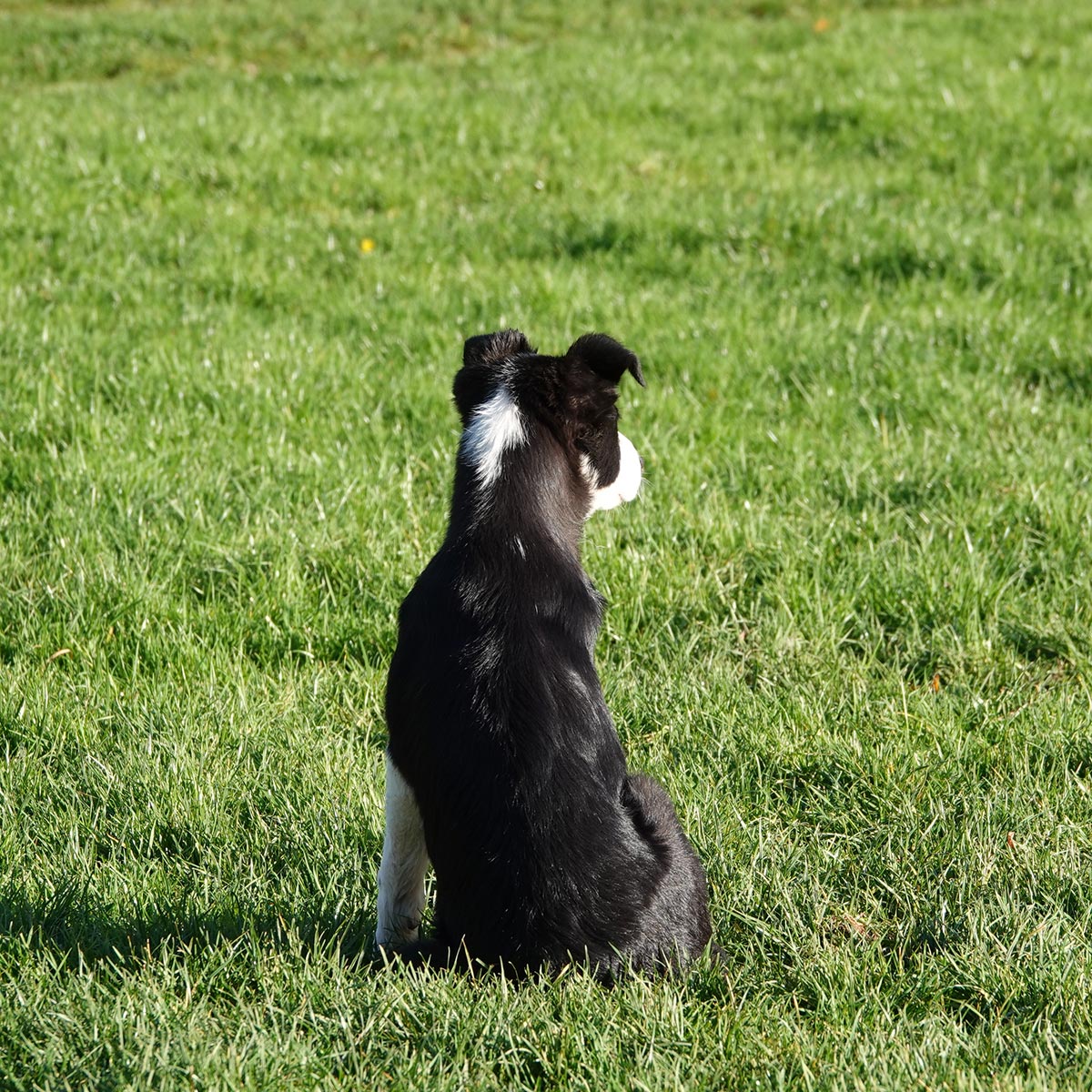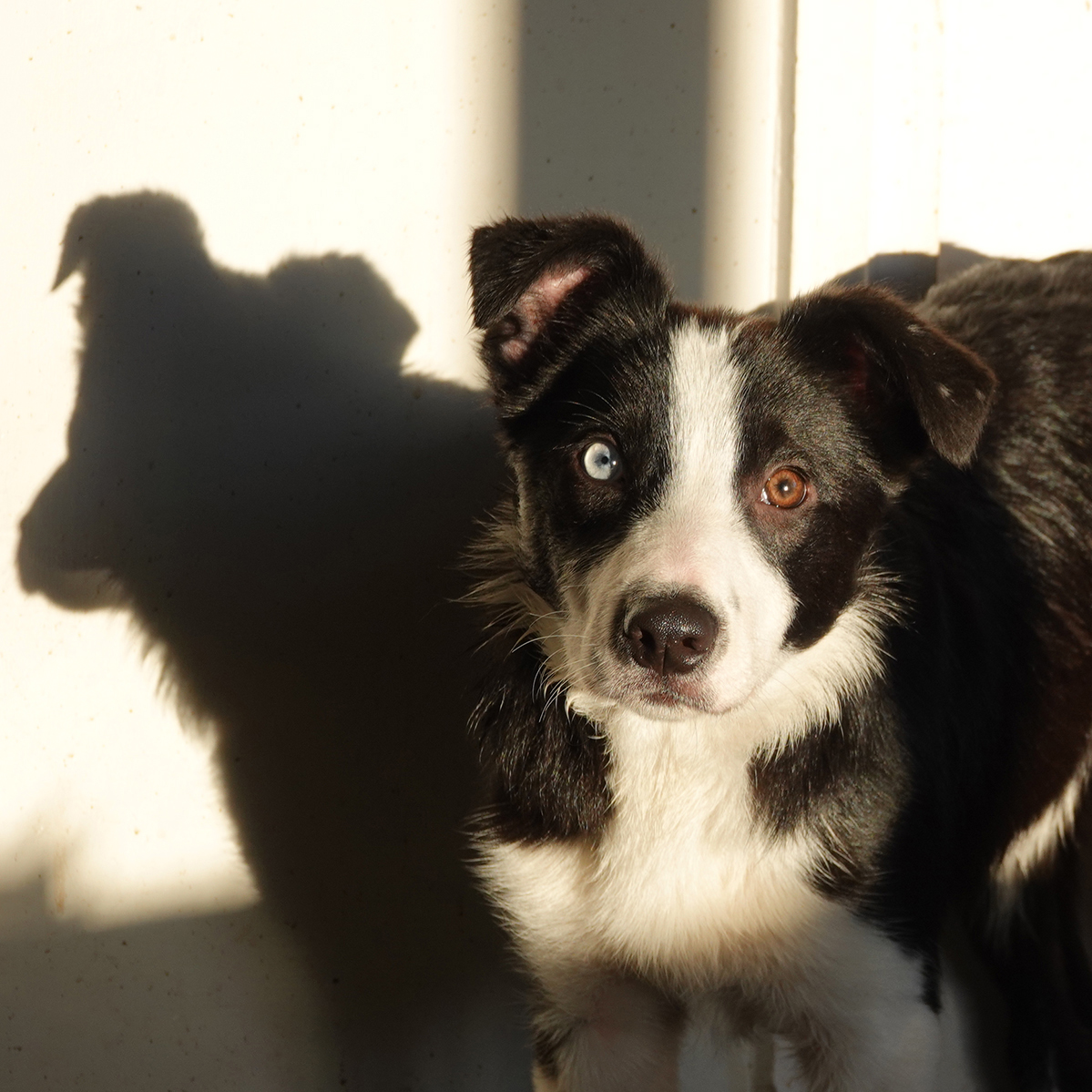Changing is growth

“I think a big part of allowing yourself to believe there might be a better way of doing things is coming to terms with the fact that you aren’t doing things the best way already. I think that’s a stickler for a lot of people. People are trying to do the best for their dogs, and it’s hard to acknowledge that they might actually be doing the dog harm.”
From Eileen Anderson – one of top bloggers in dog training
This is an excellent point from Eileen Anderson which launched me into some cognitive gymnastics.
We are naturally attracted to familiar ways of training or living with our dogs. We have often worked hard to learn those habits and there is a reluctance to make changes since this is hard work. It takes mentally energy to note what we are not doing well, recall what changes we need to make, find the prompts that can move us to the changes and then work on the skills those changes require.
Changes occur because we have either made that choice ourselves to change and improve or been prompted by external events. Those internal prompts can vary from “could I do this better” or “is this fair on the dog”, or “have I really explored all options” or “is this the best there is?” All good questions which may have been prompted by seeing someone else’s skills, doing the same task another way, getting easier or better results or just the pure inspiration from the outcomes.
We may also be change motivated by an anxiety of being judged lacking by others, or that internal nag that sound just like a parents’ voice!
Fatigue, overload and life’s demands often do not allow for change to wiggle in. There is simply no free space. Building new habits, whether mental or physical, take an investment of time and an energy of personal resources. But those changes, although steep to acquire, are going to gives us an immense return as we harvest the results. There is very little that competes with the boost from the glow of achievement.
In our rural situation I need my dogs to alert me to events surrounding the property that are unfamiliar. This can vary seasonally but the arrival of deliveries, or visitors, or stray dogs / peacocks / deer / rams behaving oddly are all requiring my attention. I do not expect the dogs to be able to tell the difference, until I have taught them that the alert is valid, thank you, now you can take a break and go back to Watch Duty. I would be alarmed if they ignored these events, that would be abnormal.
On alert, I stop what I am doing, which can obviously be exasperating on the fifth occurrence in 20 minutes and check out The Event. To thank them for doing their tasks there are treats, right now in the kitchen or outside the office window. This calls them away from the alert location and I make every effort to deliver this regularly and reliably, with pre-preparedtreat boxes standing by. The treats are delivered for self-ceasing the alert. Not because I yell at them to stop barking. Even with persistent events, I try to wait for the dog to either seek information from me (look back at the house), or just call it a day. Much will depend on the event naturally passing by, or the threat moving away.
The aim is to focus the dogs onto the end of the alert and seek that end as soon as is reasonable. I do not want to stop the alert, but I do want my response to become the “you can stop now as the responsible adult has arrived to resolve this”.
Satisfyingly the dogs come off alert with a sense of achievement. Interestingly the events that become regular with only a cease reinforcement available do begin to reduce. They become familiar perhaps? You will see as they alert, there is very frequent looking back to me for the reliable treat shower.
But gosh, this took some serious behaviour changes for me as the first response to an interruption wasn’t joy. But when I see the fruits of nurturing this process, I get daily small pleasures.
This was a change from me – driven by a nag that the current protocol of getting irritated and annoyed was simply a dose of “not thinking it through”. I absolutely could do better, which is where our creativity needs to be usefully employed.
I use this reward for self-ending of many occasions. Our nature is to want to control the uncontrollable (now you know why I enjoy the company of sheepdogs), for many different reasons.
But by allowing the uncontrolled to naturally run its course and reward that self-inhibition we leave the dog with confidence in their abilities to be what they are. We will need some self-inhibition employed to not jump in on the immediate cessation, it needs a more than a few seconds for the final completion and we do need to recognise the extreme responses where the dog is stuck in a dark place and will need help to move away from it.
Explore
COURSES

Build the Learning
Lifelong skills built in activities and play. A dog that is curious, confident, resilient with a natural enthusiasm for learning.
rewards skills
Learn about the fascinating landscape of rewards and how to make them the centre of your training and relationship.
Management or Training
Find a pathway to suit your lifestyle of living with dogs. When management temporarilly supports the learning, or choose training.
learn well
learn it once
Setter Members
Access to The Sett community and groups
Discount for all courses and videos 50%
Archives of previous courses and books
Share your learning, upgrade your thinking



Can i ask,
you go to station after you hear to alert from dogs , wait for dog to stop barking and then give treat
I let them know I have checked them out – they will see me appear, and I am ready for the treat delivery when they stop by themselves. So me appearing seems to be the cue, “if you are all done now, you can stop. The alert is over”.